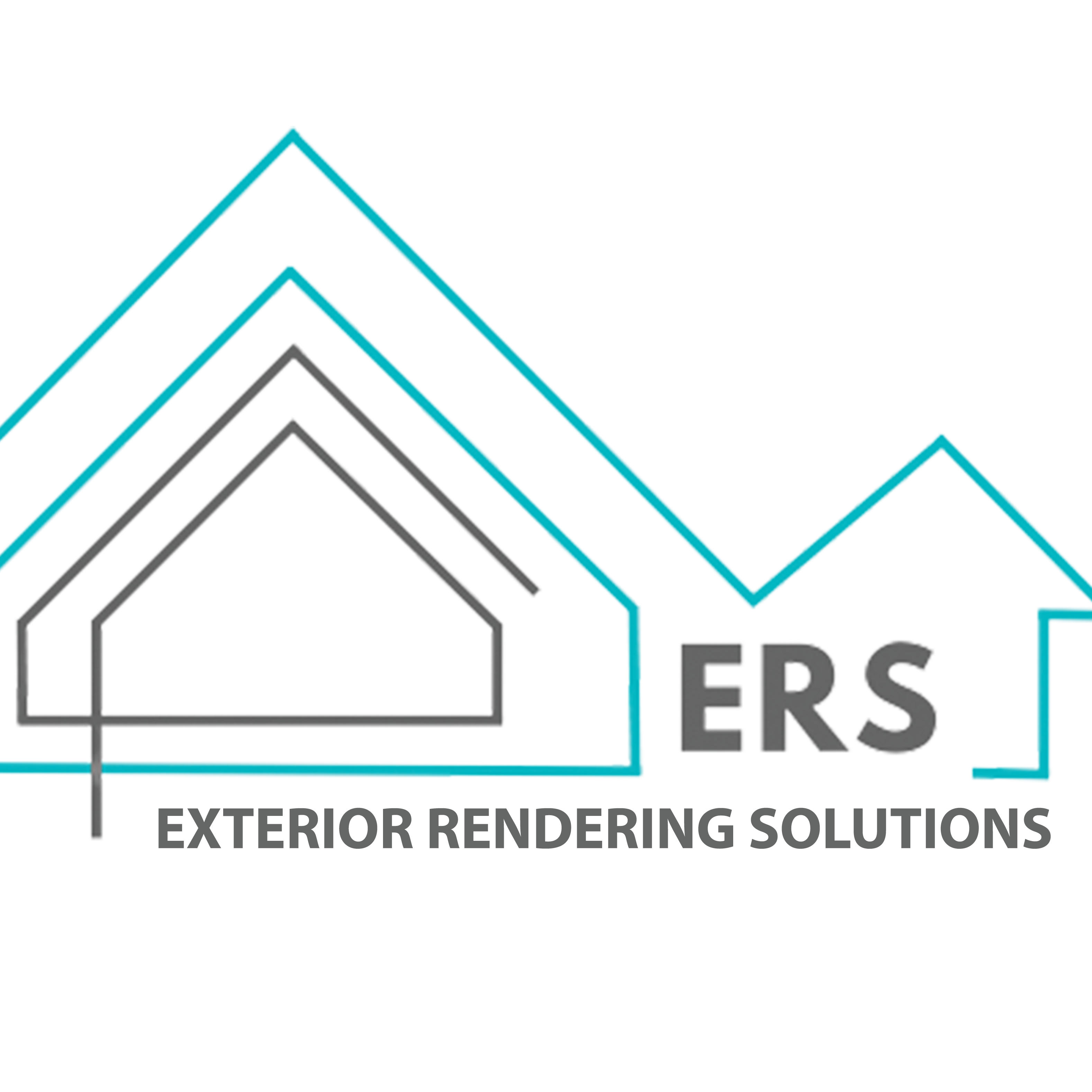Silicone Rendering
At ERS Scotland, we have found that using K-Rend Silicone Rendering produces exceptional results for our residential clients. Its unique properties create a flawless finish that gives your home a fresh and modern appearance. Our team of experts takes pride in using the best materials available to ensure that your project is completed to the highest standards. We understand how important it is for homeowners to feel confident in the quality of work carried out on their property. That’s why we only use superior materials and employ experienced professionals who are dedicated to delivering outstanding results. Trust us to deliver the perfect finish for your home.
The Silicone Process
Stage One: Scaffolding and Protection
The initial phase of the project involves the careful implementation of scaffolding throughout the entirety of your property. This crucial step is necessary in ensuring the safety of our team members, as well as enabling us to achieve optimal coverage. We take great care to shield all windows and doors from potentially harmful render or other damages, prioritizing the protection of your property throughout the process.
Stage Three: Building the Base
In roughcasting, the base layer, mesh, and 50mm pins play important roles in ensuring the strength, adhesion, and durability of the roughcast. Here's a breakdown of their functions:
Base Layer: The base layer is the initial layer applied directly onto the surface of the wall. It serves as a bonding agent between the wall and the roughcast. The base layer is typically a mixture of cement, sand, and additives that provide good adhesion and a solid foundation for the roughcast. It helps to create a strong bond with the substrate, ensuring that the roughcast adheres firmly to the wall surface.
Mesh: The mesh is a reinforcing material embedded within the base layer. It is typically made of fiberglass or metal and is applied across the surface of the base layer while it is still wet. The mesh adds tensile strength to the roughcast, helping to prevent cracking and delamination. It also improves the overall structural integrity of the coating, making it more resistant to impact and external forces.
50mm Pins: 50mm pins, also known as fixing pins or nails, are used to secure the mesh to the base layer and the underlying wall. These pins are driven through the mesh and into the wall substrate at regular intervals. The 50mm length ensures that the pins penetrate deep enough into the wall to provide a secure anchor for the mesh. The pins help to prevent the mesh from shifting or separating from the base layer during application and drying, ensuring that it remains firmly in place.
We also apply system beads at this stage. The system bead, typically made of PVC or metal, is then positioned along the edges and corners of the wall. It is important to ensure that the system bead is aligned straight and flush with the wall surface. This also allows the flexibility for the roughcasting to move without cracking and splitting.
Stage Two: Hammer Test & Removal of Blown Areas
The inspection of roughcasting for quality and durability often involves performing the hammer test. This process requires a professional, who would lightly tap the surface of the roughcast with a hammer to assess its strength and integrity. Experienced professionals conduct this test by gently striking various sections of the surface and listening for a consistent, solid sound. A hollow or disparate sound detected by the professional during the hammer test could indicate areas of poor adhesion or delamination of the roughcast. It's crucial to carry out this examination since it allows us to ascertain the damaged sections needing removal before commencing with the re-rendering process. Following the hammer test, all blown areas are removed back to the brickwork, enabling us to construct the new base layer promptly.
Stage Four: Top Coat and Stone Coat Application
The application of a polymer-modified top coat and stone chip layer adds an extra layer of protection to the roughcast coating, making it more resistant to impact, weathering, and UV damage. The stone chips also contribute to the aesthetic appeal of the roughcast finish, providing a unique and textured appearance. Proper application techniques and quality materials are essential to achieve a durable and visually appealing result.
Polymer-Modified Top Coat: The polymer-modified top coat is a specialized mixture that combines cement, polymers, aggregates, and additives. This top coat provides enhanced flexibility, durability, and resistance to cracking compared to traditional cement-based coatings.
Stone Chip Application: Once the polymer-modified top coat is applied and smoothed, stone chips or aggregates are broadcasted onto the surface. These stone chips can vary in size and color, adding texture and visual interest to the finished roughcast coating.
Colour Choices



















